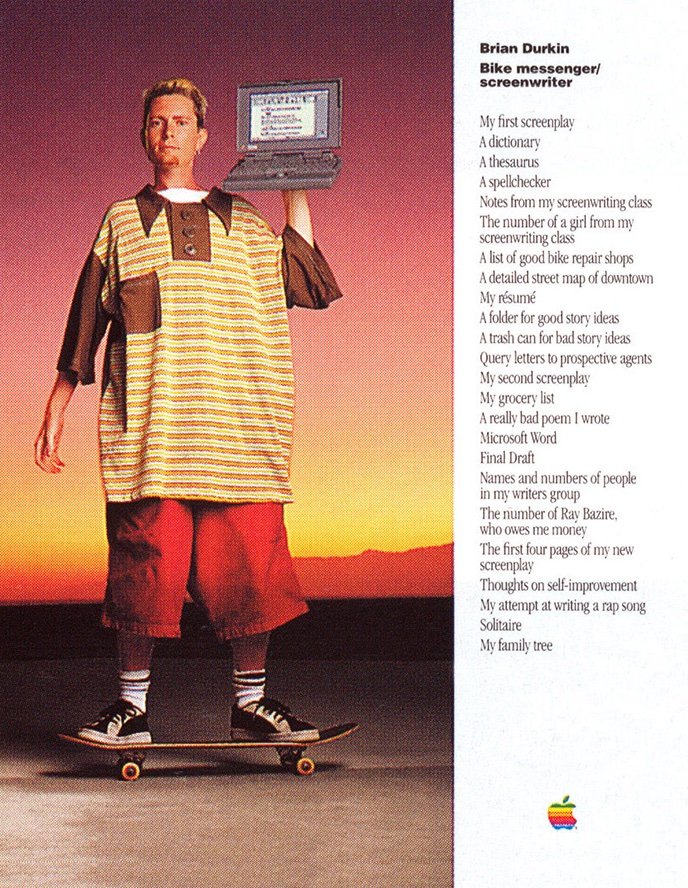That’s it. I know we’re only a couple of months in, but I’m going to call it: Ladies and Gentlemen – 2022 sucks.
It’s not a controversial position that the twenties have demonstrably shown themselves deficient in almost every single aspect – but rather than enumerate a list of woes (that we’re probably all deeply familiar with anyway) I’m proposing we take positive, proactive steps to improve our general lot. I urge you – yes, you – to join me on a ride on the Nostalgia Express to a carefree, innocent time where life was simple and you could go out in public dressed like a toddler and people would nod approvingly and commit to the general consensus that you looked just super-rad.
Hell, let’s go back to a time where you could unironically use the word “rad” in a sentence, which narrows the field down considerably to the greatest time to be alive that has ever existed, which is, of course, the mid-nineties.
There are, I’m sad to say, people who subscribe to the notion that the sixties or seventies were pretty great, and if you number amongst that throng then I’m sorry, but you’re terribly, terribly wrong. I wasn’t around in the sixties, but by all accounts it was a decade with deeply problematic social issues and a lot of people standing around naked in the mud, scarfing down military-grade pharmaceuticals while in possession of questionable hairstyles. I was around for the seventies (albeit as an infant), and chief amongst my recollections were disco, plaid, chain-smoking, lead gasoline and a lot of people wearing clothes that looked like someone had inexpertly gutted and skinned a couch or set of curtains and then everyone else in the world looked at that fashion statement, looked at each other, remembered how dreadful the sixties had been vis-a-vis standing around high and naked in the mud, and sort of shrugged and decided that velour jumpsuits had to be some kind of improvement on that, so the hell with it, why not?
No, the nineties was where it was at. Don’t take my word for it – ask Brian Durkin:
I mean, come on. I’m not even kidding, here – I was never and will never be as cool as Brian. Look at him!
Brian is the study of a man living his best life, here. He’s about twenty, rides a cool skateboard, has great shoes, looks like he was either shrunk down overnight or all his clothes magically expanded, and is holding what I’m assuming (because it’s 1996) is a PowerBook 150 – the last of the classic 68k PowerBooks. The reason he’s doing all that is because he’s part of Apple’s “What’s on your Powerbook” print advertising campaign, which featured movers and shakers and cool people (like Brian) holding up their computers and listing off all the cool, mover-and-shakery things that they were doing with those computers. There were fashion correspondents, movie executives, business people, Todd Rundgren (in an amazing banana-yellow power suit), all showcasing the amazing things that people you might admire or aspire to be (again, like Brian) were doing with their PowerBooks. We like to assume that Apple set the high bar with it’s famous “1984” commercial and then capped that off with the “Think Different” and “I’m a Mac” adverts, but I think that this campaign was brilliant.
Sadly, the “PowerBook” moniker is gone and replaced with the somewhat saccharine “MacBook” appellation, but the question still crops up in a far less interesting and far more frustrating permutation in that it involves people fretting over data and not looking cool on a skateboard. You see, instead of publishing a bunch of adverts in a bunch of probably-now-defunct periodicals, Apple has helpfully rolled that into a convenient and only slightly frustrating graphic built-in to the operating system, thus:

It would be fun if you could actually see a list of the specific items you have on your computer, but on the other hand the PowerBook 150 topped off at about a hundred and twenty megabytes of storage, compared with my MacBook Air’s two terabytes (which is, for those of you who don’t want to go and find the calculator app, about 1.65 million times more space). The list would be… well, let’s just agree it would be a considerably longer list, and not nearly as punchy.
Still, it’s handy to have a top-level idea of how much stuff of what kind is on your computer and have that stuff broken down into common-sense categories. I have (Yellow) an enormous Photo library and (Blue) an equally huge amount of media files on mine, as well as smaller swathes of what rapidly becomes less and less specific as the bands of colors progress. Magenta is “Music” which, okay, is fair enough, and then Red is “Apps” which also makes sense, but then Green is the moderately mysterious “Documents” and Purple is “Mail and Others” which tells me that whoever was in charge of putting those categories may have been going through some things (probably because of the whole 2022 thing) and just lost interest in going further down this particular rabbit hole.
Finally, right at the end there, we have “System Data”, which is what this has all been leading up to; grey-hued and monolithic, enigmatic, remarkably unhelpful and a frequent cause of head-scratching and questions; chiefly questions like “What the hell is “System Data” and why do I have so much of it?” or “How can I free up some space and get rid of “System Data“?
System Data is, well, it’s everything else on your computer that Apple doesn’t have a convenient label for in that bar graph. Typically it’s a collection of options from this menu of data:
• macOS system/browser/user caches
• Disk images (.img, .iso, .zip, .dmg)
• installer packages
• macOS temporary (or log) files
• iOS device backups
Prior to macOS Monterey all of this was labeled as “Other” instead of “System Data”, which is even less helpful and resulted in even more head-scratching. I mean, yeah, “System Data” is pretty vague, but “Other” just seems like the person responsible not only lost interest in their work but also knocked off early to go down the pub – which highly-focussed career-minded go-getters like me and (presumably) Brian Durkin find simultaneously understandable and deeply disappointing.
Fortunately there’s an easy way to manage the data on your Mac without rolling up your sleeves, blocking out your afternoon, and then sitting down to rifle through every folder on the thing searching for cruft and sifting through digital debris. Simple hit the “Manage” button next to the bar graph, and you’ll see the Storage Management window of the System Information app, thus:

I tend to encourage people to ignore the initial recommendations. “Store in iCloud” turns on iCloud Drive and pushes your Desktop and Documents to the cloud, which… well, I admittedly don’t see a lot of computers because people are thrilled how happy they are and want to show off, but this option seems to the root of a lot more heartache than it’s worth for most people. I avoid “Optimize Storage” – removing TV shows and movies I’ve already watched annoys me because maybe I want to put Gigli on loop while I write so I can laugh at Ben Affleck and make cruel comments about his acting. “Empty Trash Automatically” is fine, but then again I also know a lot of people who tend to put things in the trash can as a sort of temporary filing purgatory, and who are justifiably upset when the trash empties itself. Finally, “Reduce Clutter” just does the equivalent of clicking on the “Documents” item in the left column of that window, which is rather redundant.
Whoever took over after the person who lost interest in categories a couple of paragraph ago did a pretty good job with the list on the left of that window. Each option brings up the appropriate list of data and allows you to selectively sort that data by size, kind and data accessed – and then allows you to delete that data without digging around in your computer to actually find the wretched files. The exception is Mail, which tells you how much Mail you have on your computer (even though that figure is listed in the column on the left):
…and Photos, which tells you how much space you’re using for Photos on your computer (even though that figure is also listed in the column on the left), but which also gives you a big, tempting button to click that will remove full-quality photos on your Mac and replace them with smaller “optimized” versions, which will save you a lot of space but removes full-quality photos on your Mac without making it explicitly clear that this is what it is doing to your data:

So, in summary, where does that leave us? Well, as I’m the one throwing around rhetorical questions I suppose I’m the one who has to answer them, so here goes:
• Oversized brown-on-orange shirts are a fierce choice,
• Being aware of the built-in tools for data management in macOS gives you a solid understanding of methods for effectively managing and securing your data,
• Recognizing the limits of those tools is equally important, as ultimately your data is something you have sole responsibility for, and you should get to choose what should and should not happen to that data. It’s all about what’s on your Powerbook, after all.


